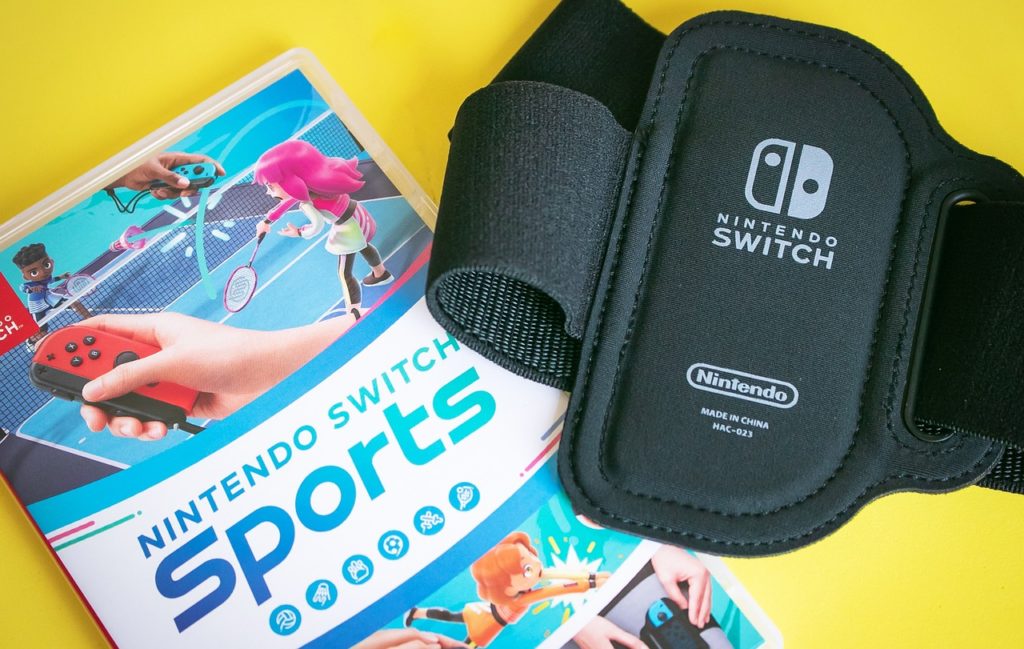
New research has explored how sleep, oxygen levels, and exercise affects our ability to perform mental tasks.
Sleep is fundamental in maintaining a healthy lifestyle, with adults recommended between seven and nine hours a night. However, recent reviews indicate that 40 per cent of the global population don’t get enough.
Consequences of chronic sleep deprivation include cardiovascular disease, obesity, neurodegenerative disorders, and depression. In the short term, a lack of sleep can reduce cognitive performance (CP), which takes a toll on your attention span, judgement, and emotional state.
A study, led by the University of Portsmouth, has found cognitive performance improves during a bout of moderate intensity exercise, regardless of a person’s sleep status or oxygen levels.
Dr Joe Costello, from the University’s School of Sport, Health & Exercise Science (SHES), said: “We know from existing research that exercise improves or maintains our cognitive performance, even when oxygen levels are reduced. But this is the first study to suggest it also improves CP after both full and partial sleep deprivation, and when combined with hypoxia.
“The findings significantly adds to what we know about the relationship between exercise and these stressors, and helps to reinforce the message that movement is medicine for the body and the brain.”
The study, published in Physiology and Behaviour, involved two experiments, each with 12 participants (24 in total). The first looked at the impact of partial sleep deprivation on a person’s cognitive performance, and the second examined the impact of total sleep deprivation and hypoxia. In both, all participants experienced an improvement in cognitive performance after a bout of 20 minutes of cycling.
“Because we were looking at exercise as a positive intervention, we decided to use a moderate intensity programme as recommended in existing literature”, added Dr Costello.
“If the exercise was any longer or harder it may have amplified the negative results and became a stressor itself.”
In the first experiment, individuals were only allowed five hours of sleep a night, over three days. Each morning they would be given seven tasks to perform at rest, and then while cycling. They were also asked to rate their sleepiness and mood before completing the tasks.
The results showed the effects of three nights of partial sleep on executive functions were inconsistent. The paper says an explanation for this could be that some people are more resilient to a mild or moderate sleep deficit. However, regardless of sleep status, moderate-intensity exercise improved performance across all the tasks.
In the second experiment, participants went an entire night without sleep and were then put in an hypoxic (low levels of oxygen) environment at the University’s Extreme Environment Labs. Despite oxygen levels being lowered, exercise continued to improve cognitive performance.
Co-lead author, Dr Thomas Williams from the University’s Extreme Environments Research Group, explained why the team decided to examine a combination of stressors for the study: “Sleep deprivation is often experienced in combination with other stressors. For example, people who travel to high altitude are also likely to experience a disruption to their sleep pattern.
“One potential hypothesis for why exercise improves cognitive performance is related to the increase in cerebral blood flow and oxygenation, however, our findings suggest that even when exercise is performed in an environment with low levels of oxygen, participants were still able to perform cognitive tasks better than when at rest in the same conditions.”
The paper says explanations for why CP improves during exercise – even when a person’s sleep deprived and low on oxygen – could be changes to the amount of brain regulating hormones, as well as a number of psychophysiological factors including cerebral blood flow, arousal and motivation.
It suggests that cognitive performance is not solely dependent upon the Prefrontal Cortex (PFC) area of the brain, despite it playing an integral role in the performance of tasks.
“The PFC is highly sensitive to its neurochemical environment and is highly susceptible to stress”, explained co-lead author Juan Ignacio Badariotti from the University’s Department of Psychology.
“It regulates our thoughts, actions and emotions and is considered to be the primary part of the brain associated with executive functions.
“But our findings suggest the mechanisms behind CP may not be isolated to this area, and instead we should consider it being the product of a series of coordinated processes widely distributed across different cortical and subcortical regions.”
The paper recommends further investigation to reveal what neurobiological mechanisms are behind the cognitive function process. This discovery would support anyone who experiences broken sleep or low oxygen, including climbers and skiers, but also parents of young children and shift workers.



